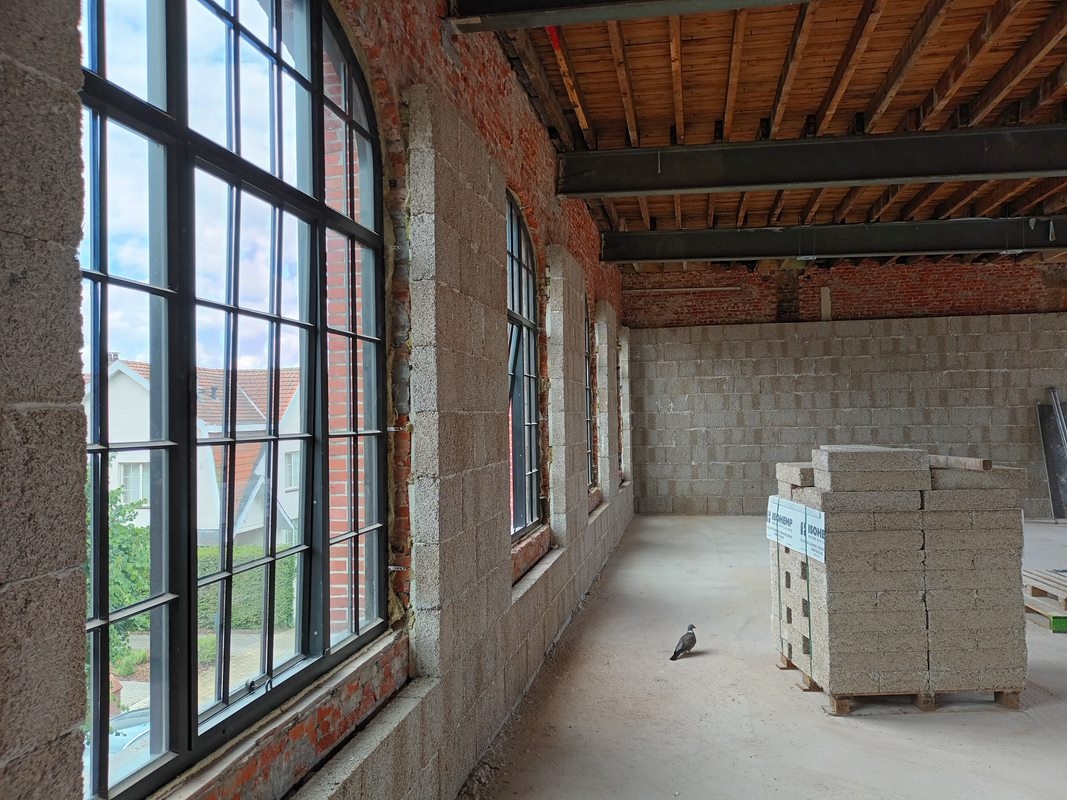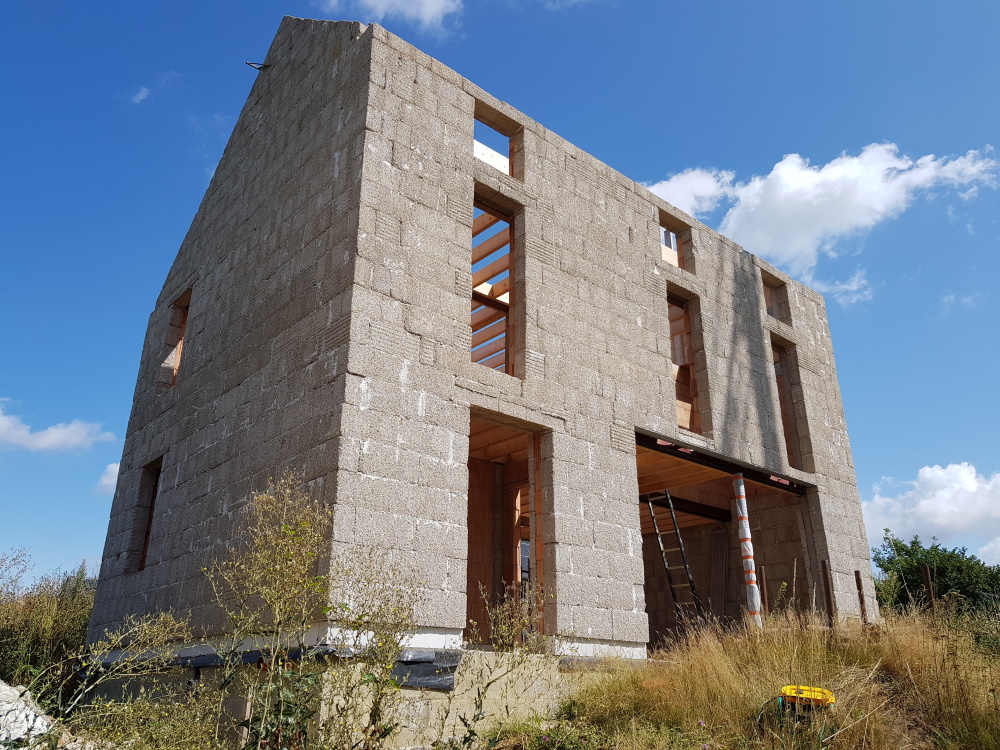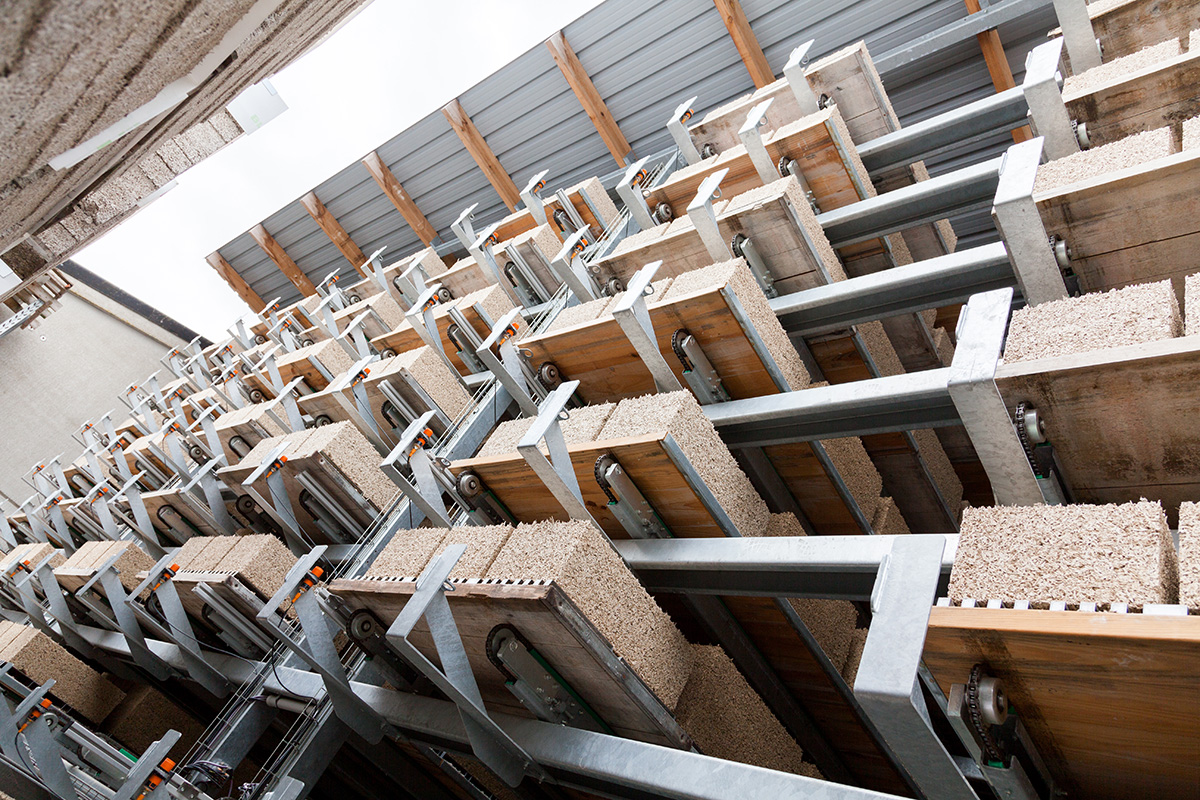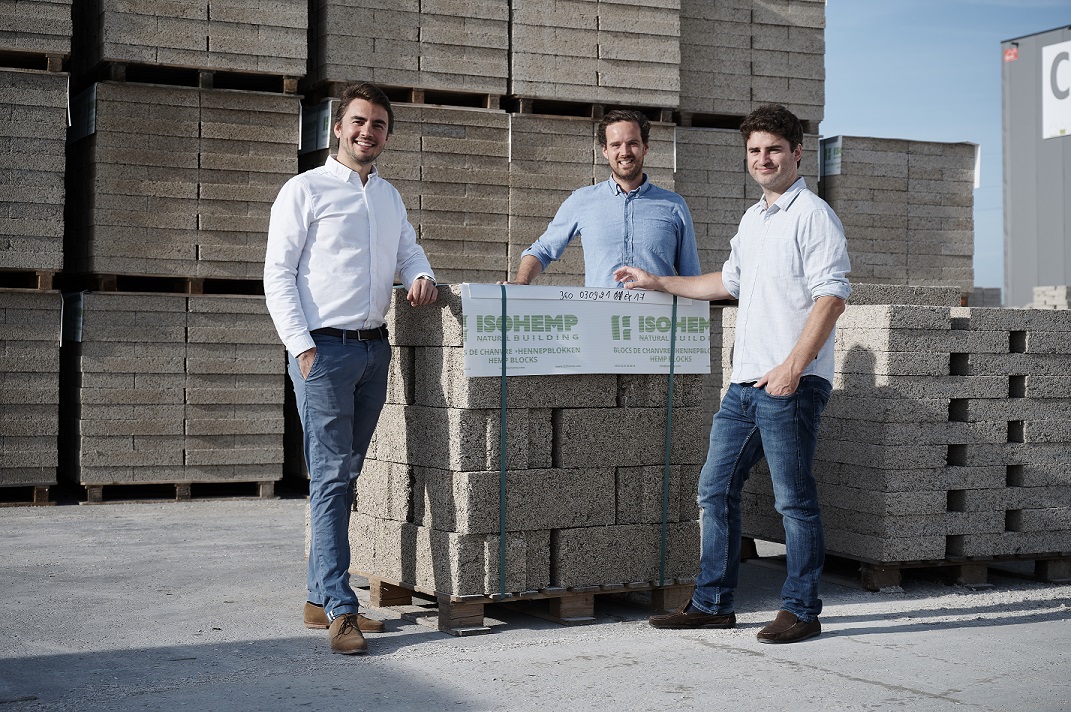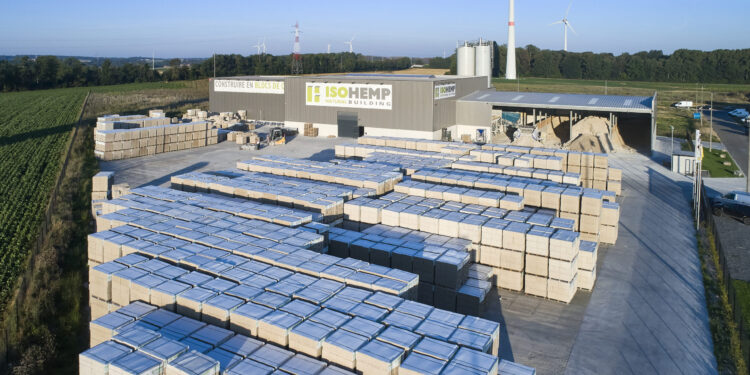
Belgium IsoHemp Concrete
Revolutionizing construction with hempcrete blocks, quadrupling production through carbon credits for significant environmental gains

Overview
● Company mission IsoHemp is a material manufacturing company in the construction sector. The company makes insulated hempcrete blocks. This product can be used for insulation or load-bearing walls (when combined with reinforced concrete for the construction structure) and can replace conventional insulating and construction materials. In 2022 and 2023, 68% of the production was used as insulation and 32% for load-bearing walls. ● Explanation of project IsoHemp's production facilities use 100% local, natural bio-sourced materials (lime and hemp), having a positive carbon impact and boosting the thermal, energy consumption, and environmental quality of conventional construction materials. The project aims to quadruple the production of the facility using carbon credit revenues. ● Reason for creation (social / environmental / geopolitical context) Adopting bio-based materials in construction presents a compelling solution to diminish the carbon footprint of the building sector. These materials can involve fewer pollutant components and require significantly lower energy inputs during the manufacturing process compared to ordinary solutions. Furthermore, their implementation facilitates the long-term storage of atmospheric CO₂. Therefore, enhancing the sustainability of buildings is pivotal in achieving the EU's climate change mitigation goals, and the EU's renovation wave is poised to be a central driver in the substantial enhancement of Europe's current building stock. ● Impact Carbon sequestration: up to 1000 tCO₂ per year Carbon avoidance: up to 800 tCO₂ per year Water: 3 m³ saved per m² of product; -75% to 95% depending on the product Energy savings: 40 kWh/m³ vs 700 kWh/m³ for clay bricks; -94% Building heating performance: hempcrete usage reduced by 20 kWh/m² per year in building heating vs. classic materials Fossil materials consumption: 80% of the raw material is bio-based and circular vs. 0% in classic materials ● Details about plans for verification This project was audited and validated by Verifavia (accredited ISO 14065 & 17029 and under Riverse VVB guidance) in January 2023 with the present document and attached files listed in the Appendix of the Detailed Project Description (DPD). A monitoring plan has been defined to verify the credits every year from 2022 to 2026. ● Notes on additionality Regulatory additionality: According to European regulations, guidelines for the construction sector encourage the use of bio-based materials but do not mandate them. Financial & prevalence additionality: Higher material costs are a widely recognized barrier to adopting bio-based construction. IsoHemp selling prices are detailed in the DPD, and are between 20% and 800% more expensive vs. market average competition. Funding from carbon credits is needed to expand production capacity with a lower market price for the products.
Technology & Mechanisms
Technology
Industrial Energy Efficiency
Mechanism
AVOIDANCEANDREMOVAL
Project Certifications
Offset projects requires all projects on the marketplace to have its methodology, project design, and outcomes verified by an approved third party. For more on our project vetting and onboarding process, review our Trust and Safety Framework.
RIV
Riverse is a carbon credit certification standard for Greentech projects in Europe.
United Nations Sustainable Development Goals

Clean Water and Sanitation
Ensure availability and sustainable management of water and sanitation for all

Affordable and Clean Energy
Ensure access to affordable, reliable, sustainable and modern energy for all

Industry, Innovation and Infrastructure
Build resilient infrastructure, promote inclusive and sustainable industrialization and foster innovation

Responsible Consumption and Production
Ensure sustainable consumption and production patterns

Climate Action
Take urgent action to combat climate change and its impacts
